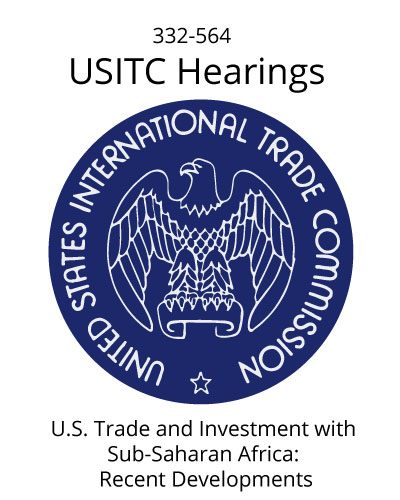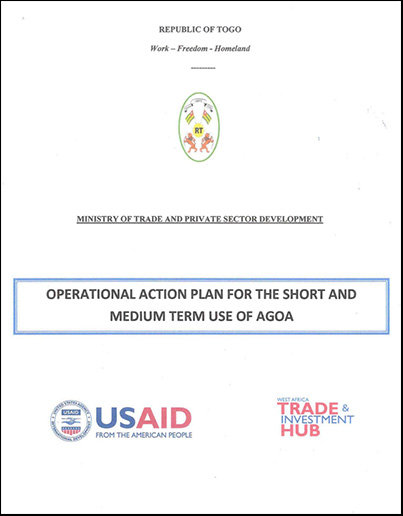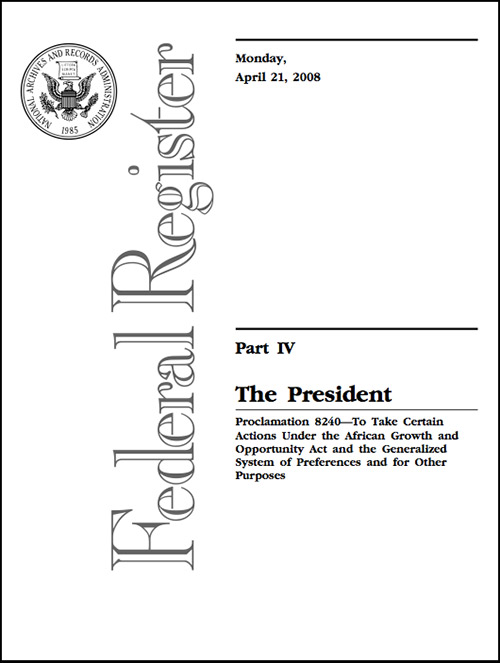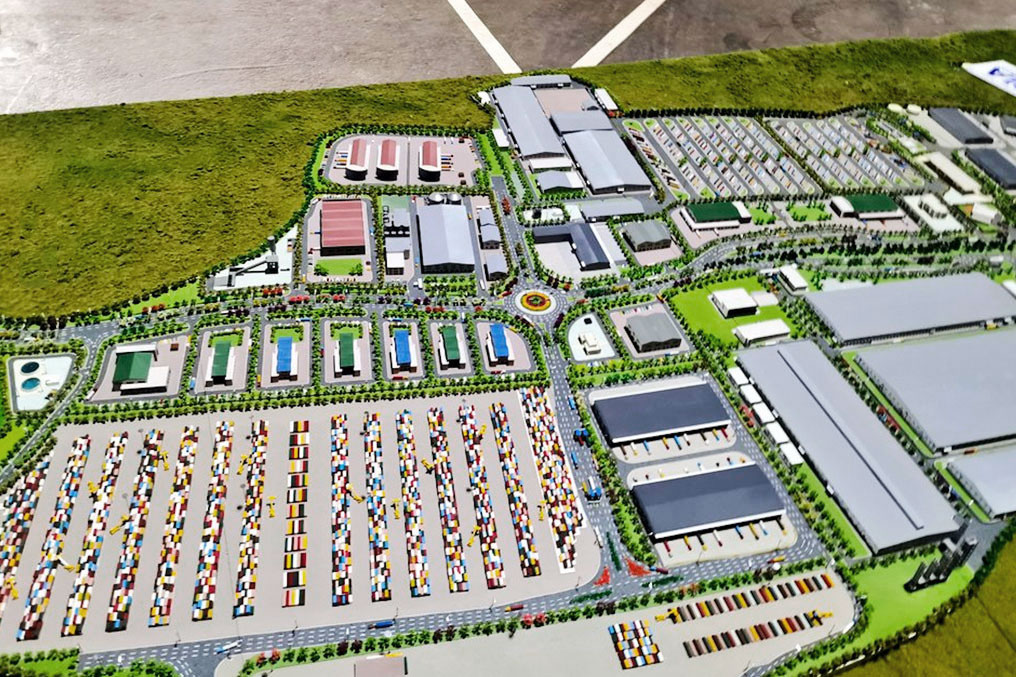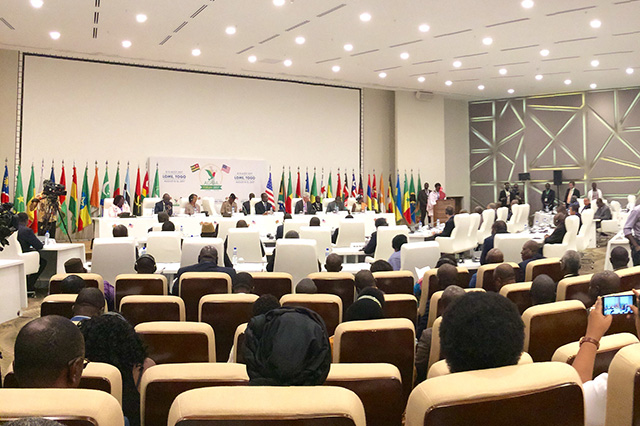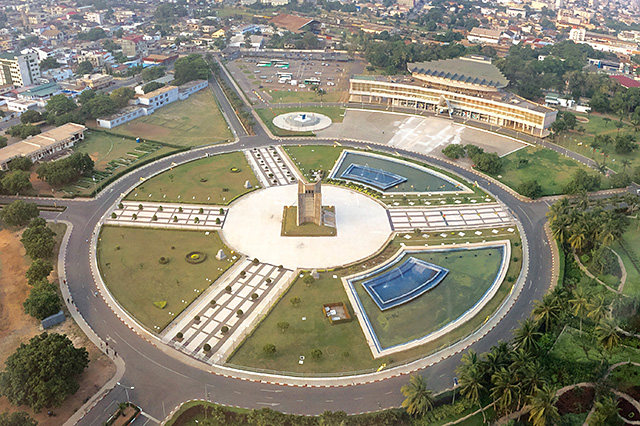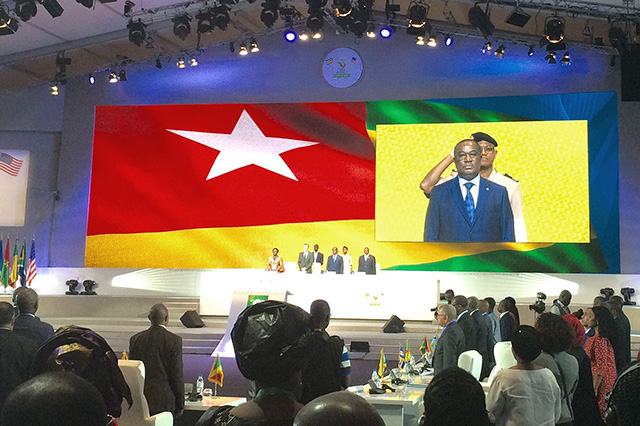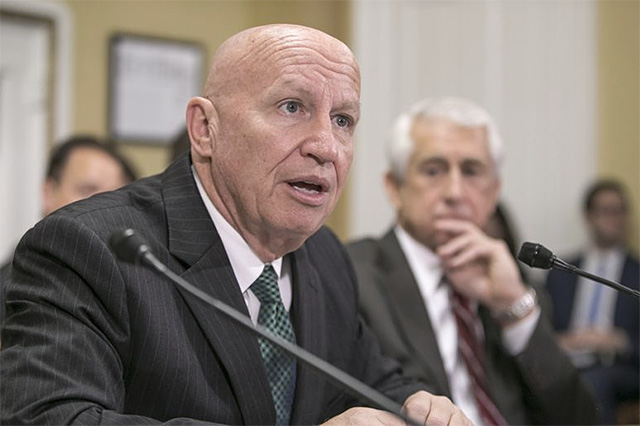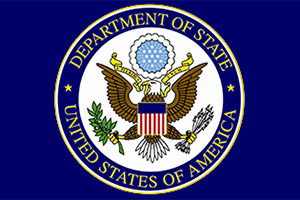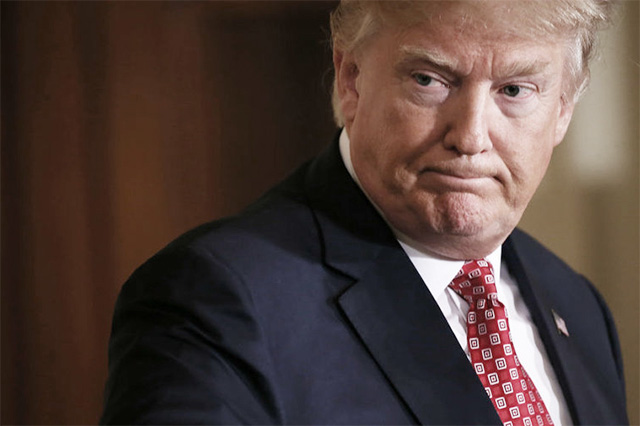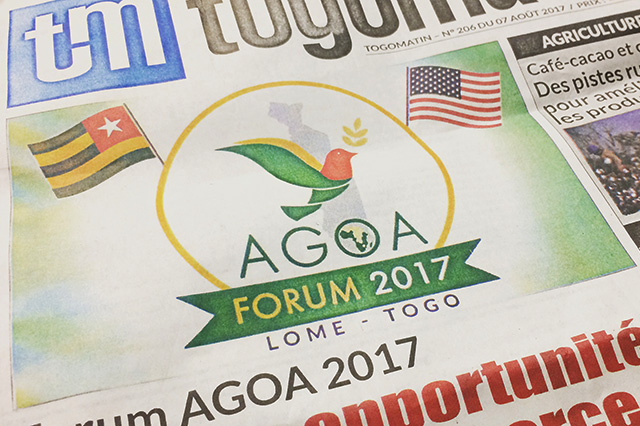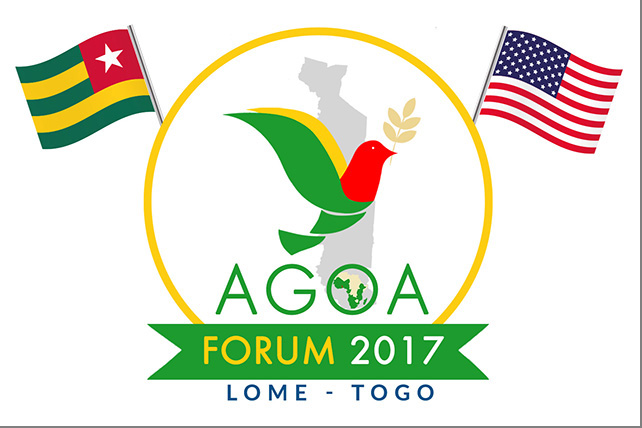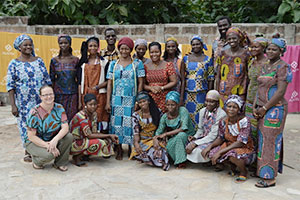Country Info: Togo
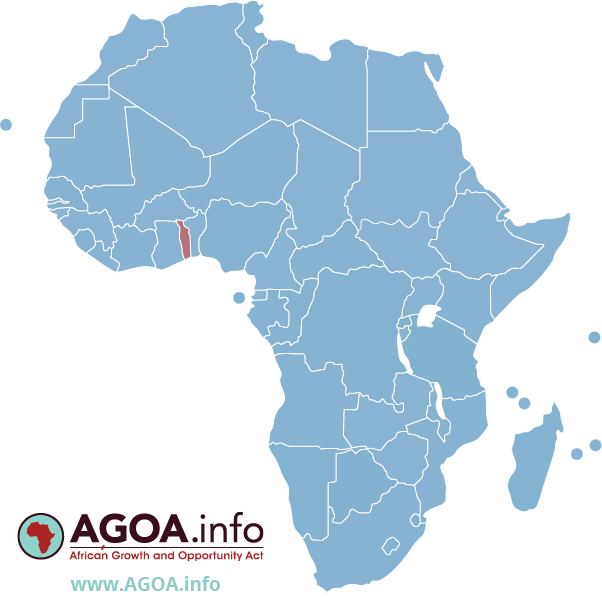
Bilateral Trade by Sector: United States - Togo
Value ('1000 dollars), US 'domestic exports' *, US 'imports for consumption' / Includes year-to-date data
Economic Background
Togo has enjoyed a period of steady economic growth fueled by political stability and a concerted effort by the government to modernize the country’s commercial infrastructure, but discontent with President Faure GNASSINGBE has led to a rapid rise in protests, creating downside risks.
The country completed an ambitious large-scale infrastructure improvement program, including new principal roads, a new airport terminal, and a new seaport. The economy depends heavily on both commercial and subsistence agriculture, providing employment for around 60% of the labor force. Some basic foodstuffs must still be imported. Cocoa, coffee, and cotton and other agricultural products generate about 20% of export earnings with cotton being the most important cash crop.
Togo is among the world's largest producers of phosphate and seeks to develop its carbonate phosphate reserves, which provide more than 20% of export earnings.
Supported by the World Bank and the IMF, the government's decade-long effort to implement economic reform measures, encourage foreign investment, and bring revenues in line with expenditures has moved slowly. Togo completed its IMF Extended Credit Facility in 2011 and reached a Heavily Indebted Poor Country debt relief completion point in 2010 at which 95% of the country's debt was forgiven. Togo continues to work with the IMF on structural reforms, and in January 2017, the IMF signed an Extended Credit Facility arrangement consisting of a three-year $238 million loan package.
Progress depends on follow through on privatization, increased transparency in government financial operations, progress toward legislative elections, and continued support from foreign donors.
Togo’s 2017 economic growth probably remained steady at 5.0%, largely driven by infusions of foreign aid, infrastructure investment in its port and mineral industry, and improvements in the business climate. Foreign direct investment inflows have slowed in recent years.
(Source: World Factbook, 2021).
In August 2017, Togo successfully hosted the annual US-Africa AGOA Forum.
Agricultural products
cassava, maize, yams, sorghum, beans, oil palm fruit, rice, vegetables, cotton, groundnuts
Industries
phosphate mining, agricultural processing, cement, handicrafts, textiles, beverages
Industrial production growth rate
5% (2017 est.)


